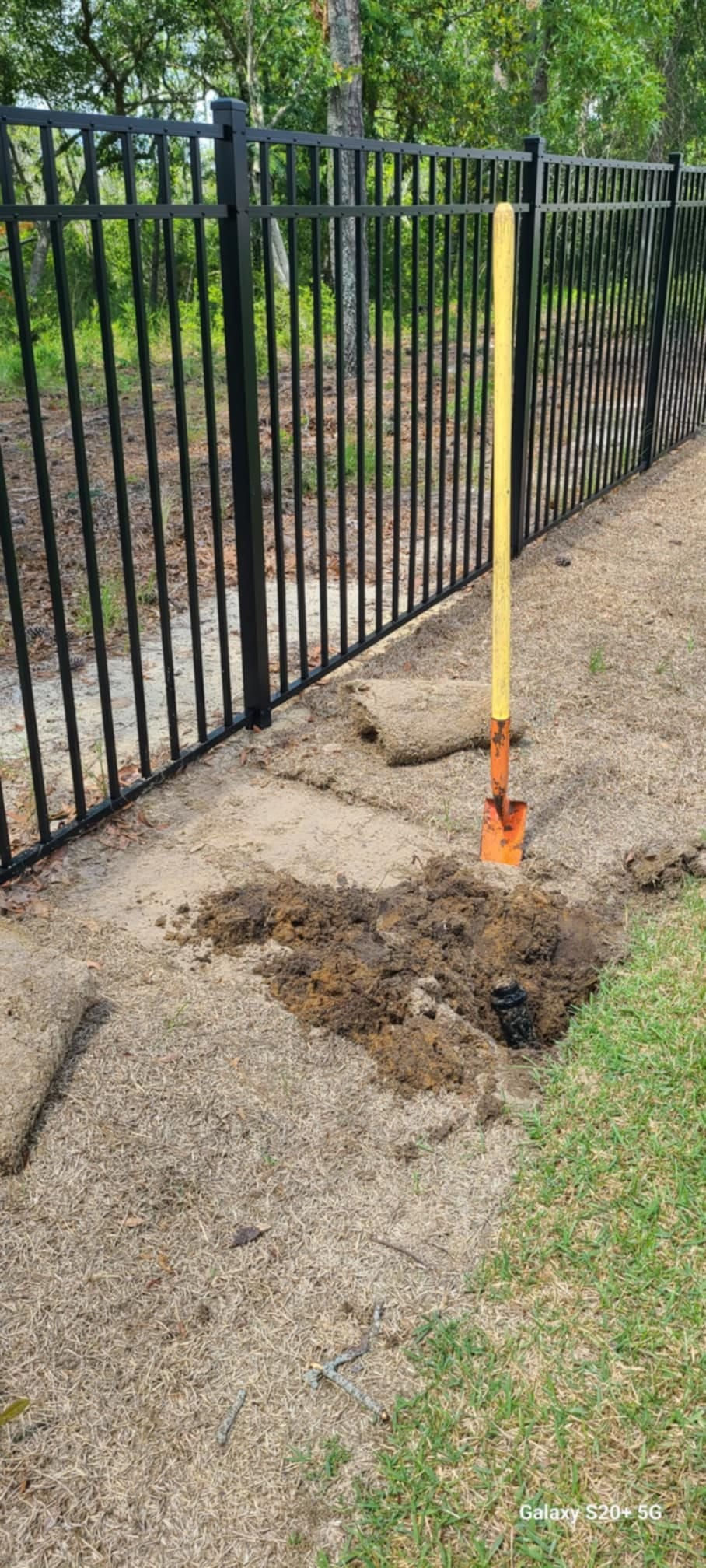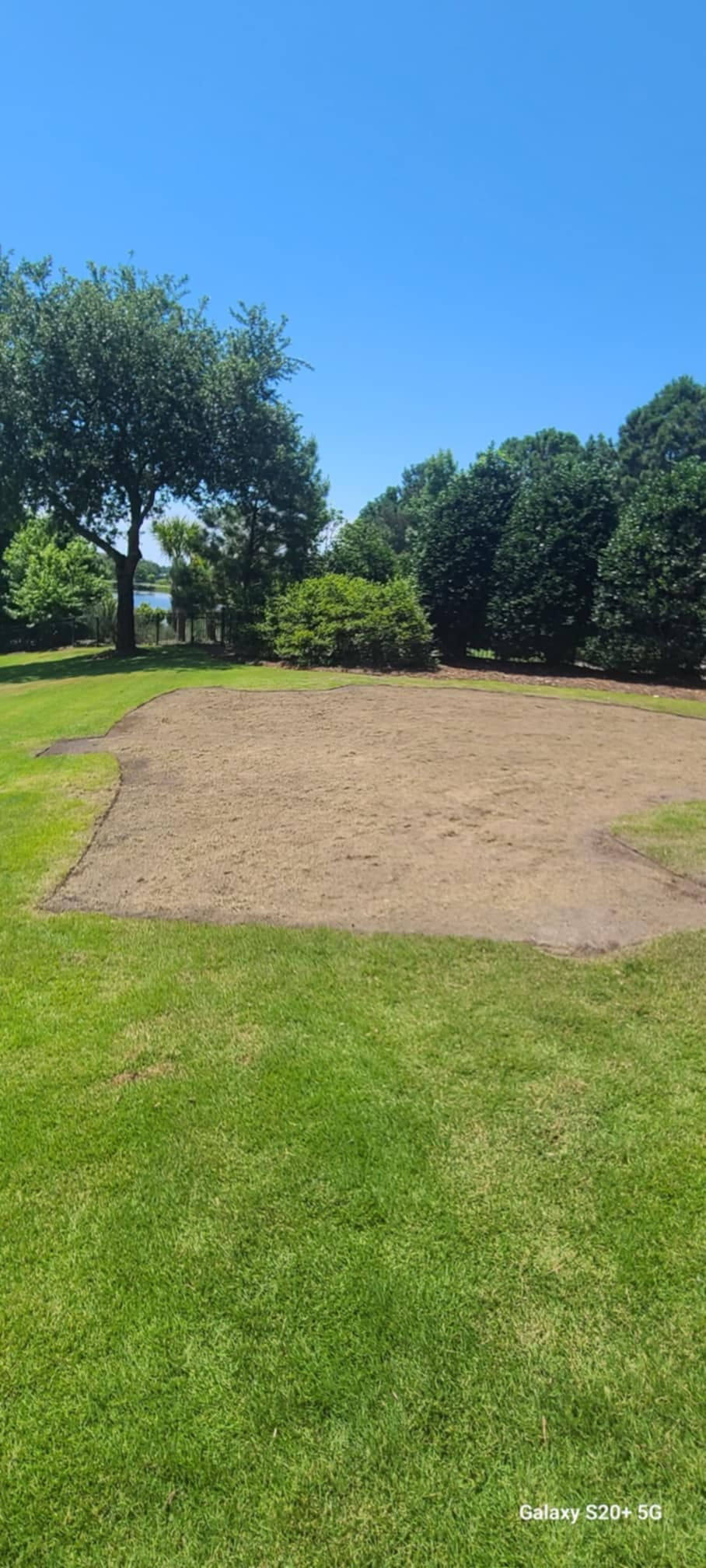Water-Saving Solutions
Share your feature information here to attract new clients. Provide a brief summary to help visitors understand the context and background.
Seasonal Maintenance
Share your feature information here to attract new clients. Provide a brief summary to help visitors understand the context and background.
Drip Irrigation Benefits
Share your feature information here to attract new clients. Provide a brief summary to help visitors understand the context and background.
Landscaping Tips
Share your feature information here to attract new clients. Provide a brief summary to help visitors understand the context and background.

.jpg)
Common Questions Answered
Frequently asked questions
Efficient Systems


Water Conservation
Discover useful tips for maintaining a healthy and vibrant garden with proper watering techniques.
Seasonal Care
Explore smart strategies to reduce water usage and promote a sustainable landscape.
Plant Health
Find out how to prepare your irrigation system for the changing seasons and protect it during winter months.